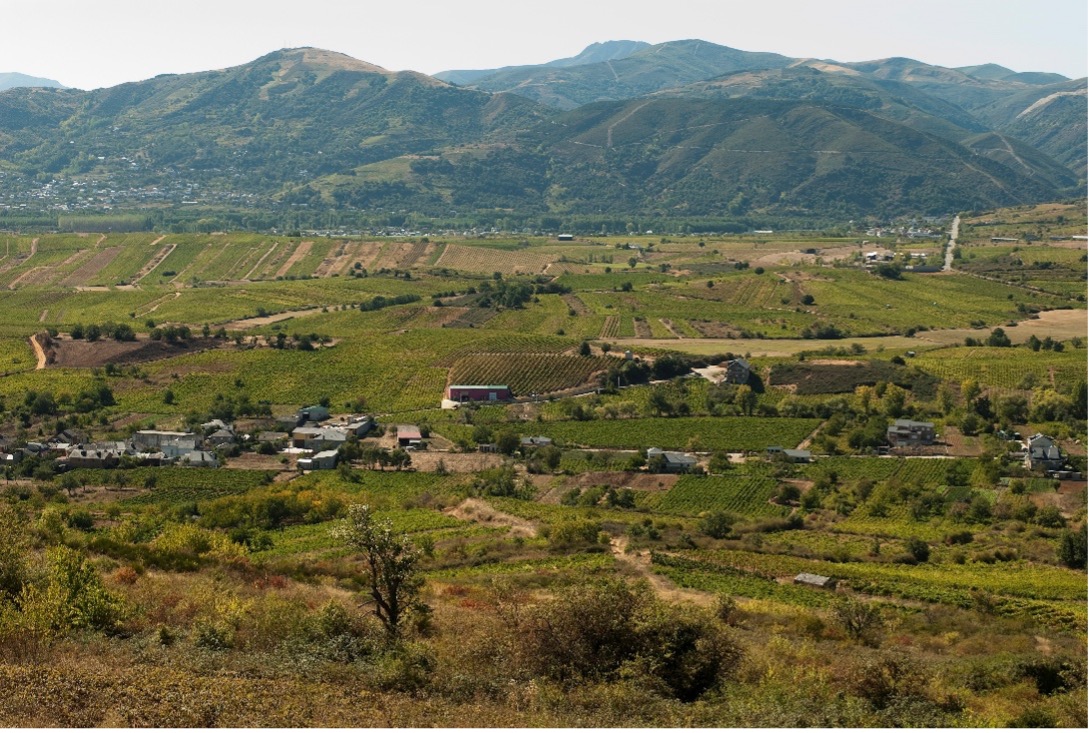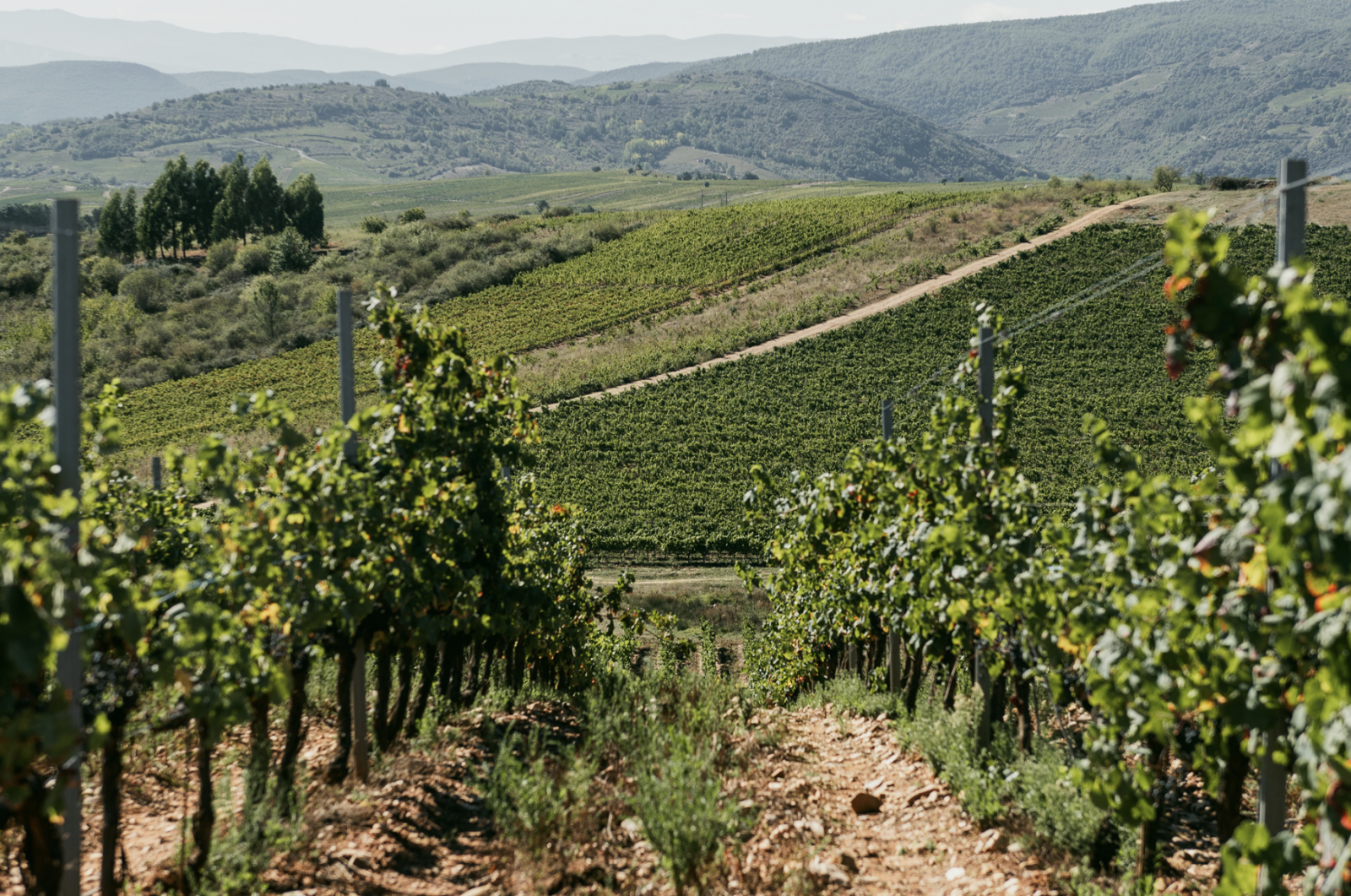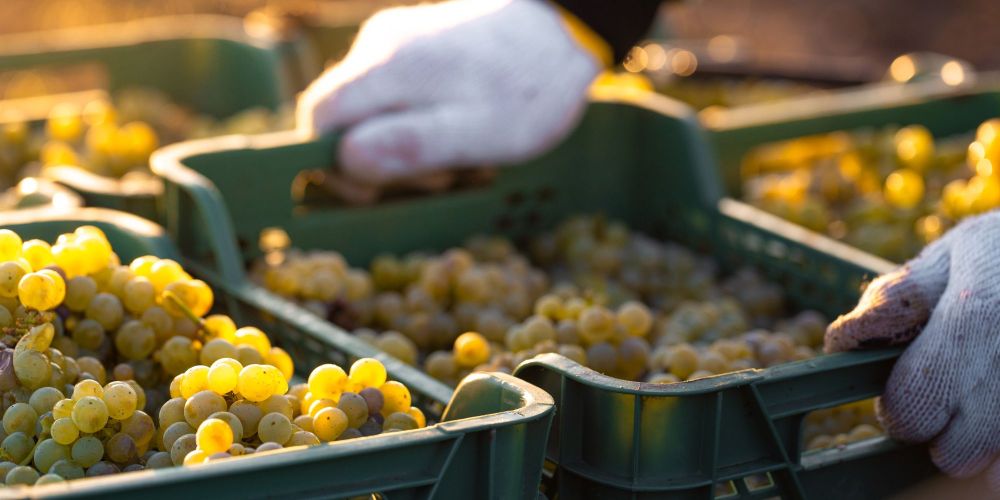BLOG
From Obscurity to Opulence: Ribera del Duero’s Remarkable Rise in the Spanish Wine World
Victoria Daskal
Regional Spotlight
Over its 42-year existence as a Denominación de Origen (DO), Ribera del Duero has transformed from a relatively unknown region to one of Spain’s most prestigious wine-producing areas.
Ancient Romans, and then Benedictine monks made wine in this rocky, plateaued landscape of Castilla y León, but the area was long associated with inexpensive, bulk wines up until the late 20th Century. Today, however, Ribera del Duero wines command some of the highest prices in Spain; top names like Vega Sicilia, Pingus, Vivaltus and Viñedos de Matallana are offered on Bordeaux's La Place, a testament to their global appeal. According to Liv-Ex, Ribera del Duero is now the most traded Spanish region in the secondary market. Not all producers are selling at ultra-premium prices, but many have their eyes set on ultra-premium quality. So, what factors have driven this rapid rise in reputation? What sets this region apart from others in Spain?

From Bulk to Boutique
It started with a group of visionary grape growers and winemakers who rallied to gain appellation status for the region back in 1980, emphasizing its distinctive terroir –high altitude, varying aspects and range of limestone to clay soils–and the quality potential of its vineyards. This ambition was realised on 21 July 1982, when Ribera del Duero was officially granted DO status with only nine wineries.
The largest co-operative at the time, which was called Ribera del Duero, handed over its name (meaning "Bank of the Duero") to the new appellation and rebranded as Protos, from the Greek word for “first.” In the years since, Ribera del Duero DO has undergone remarkable growth: with 317 wineries and over 7,400 grape growers. Yet, despite its rapid expansion, it remains relatively small in scale. With 26,000 hectares under vine, Ribera del Duero is smaller than Burgundy and has only a quarter of Bordeaux’s vineyard area. Most producers would be considered small to medium, who work with low yields that fluctuate year to year due to the extreme weather conditions. The locals like to joke about their continental climate, “we have nine months of winter, and three months of hell.”

Tinta del País and Albillo Mayor
Tempranillo—locally known as Tinta del País or Tinto Fino—is the region’s flagship grape. Suited to high-altitude climates, Tempranillo ripens early (from the Spanish "temprano," meaning early), develops deep colour, and offers firm tannins, making it ideal for the robust, age-worthy wines of Ribera del Duero. The region’s altitude, ranging from 720 to 1,100 meters above sea level, allows for a significant diurnal temperature range, preserving acidity and contributing to complex flavours that set Ribera del Duero’s Tempranillo apart from other regions.
Albillo Mayor, the region’s rare indigenous white grape, accounts for only 1% of Ribera del Duero’s vineyards. Though global enthusiasm for white wines has spurred producers to revive old Albillo Mayor vineyards and plant new ones. Limited supply has led some producers, such as Pinea, to use creative methods, like blending two consecutive vintages of their estate’s tiny Albillo parcels to produce their white wine, Korde Blanc. This white grape’s rise highlights the region’s expanding diversity and potential.

Historically, the Ribera del Duero was known for clareté, a humble wine created by co-fermenting black and white grape varieties, resulting in a deep pink, fruity, textured, slightly high-alcohol wine that complements grilled lamb. Not quite a rosé, in fact it’s somewhere in between a very light red and a rosé with a boost of fragrance and freshness from white grapes. Many producer don’t both with it, but it is growing in popularity again with more modern, elegant, and vibrant styles being made. Dominio de Aguila and Felix Callejo both do brilliant bottlings that are chillable and extremely gastronomic.
Additionally there are pockets of international varieties like Malbec, Cabernet Sauvignon, Merlot and Garnacha throughout, that can be blended in as long Tempranillo remains the majority with at least 75%.

Age of Exploration
Like Rioja, Ribera del Duero adheres to the traditional aging classifications of Crianza, Reserva, and Gran Reserva. However, many producers in Ribera del Duero focus on terroir expression, highlighting fruit quality and soil character instead of extended oak aging. The sibling team at Félix Callejo, for example, has shifted from traditional barrel aging of their father’s time, to parcel-specific winemaking, working with 27 distinct vineyard plots in the village of Sotillo de la Ribera, each with unique soils and altitudes. This terroir approach yields wines with such nuance and precision they would appeal to Burgundy Pinot Noir enthusiasts for their finesse and takes a sharp turn to the big, oaky, and over extracted styles of the 1990s.
Further west at Valtravieso, there is a similar passion for high elevation, soil exploration and microvinification. A common thread between much of these producers is their experience abroad working in different wine region and bringing new ideas to refine traditional methods. As Noelia Callejo puts it, she had to leave her region and work abroad, to really understand and appreciate what makes Ribera del Duero so special.

The constant comparison prevails, Rioja or Ribera del Duero. Who does it best? Well Rioja is far older, larger, more developed and undergoing its own renaissance. However, despite the shared Tempranillo grape, Ribera del Duero unmistakably offers more powerful tannins and opulent fruit intensity, vivid purple colour in its youth, with an energetic freshness. And its potential has even been attracting Rioja producers who seek an alternative expression in a burgeoning region. Rioja Alta’s Aster, CVNE’s Bela, Marqués de Cáceres’ Finca la Capilla, and Ontañon’s Ripa Dorii are just a few Rioja ventures in Ribera del Duero with many dozens more, proving there’s no need for competition, both Tempranillo regions are first class.
A Region in Transformation
What’s beautiful about Ribera del Duero is that is undergoing a continuous transformation. It shot to fame with the help of hard-working quality-conscious winemakers and gained global attention through super star producers, yet most of the players are modest-sized wineries that are passionate about their vineyards, working through the extreme conditions to produce very promising wines.




